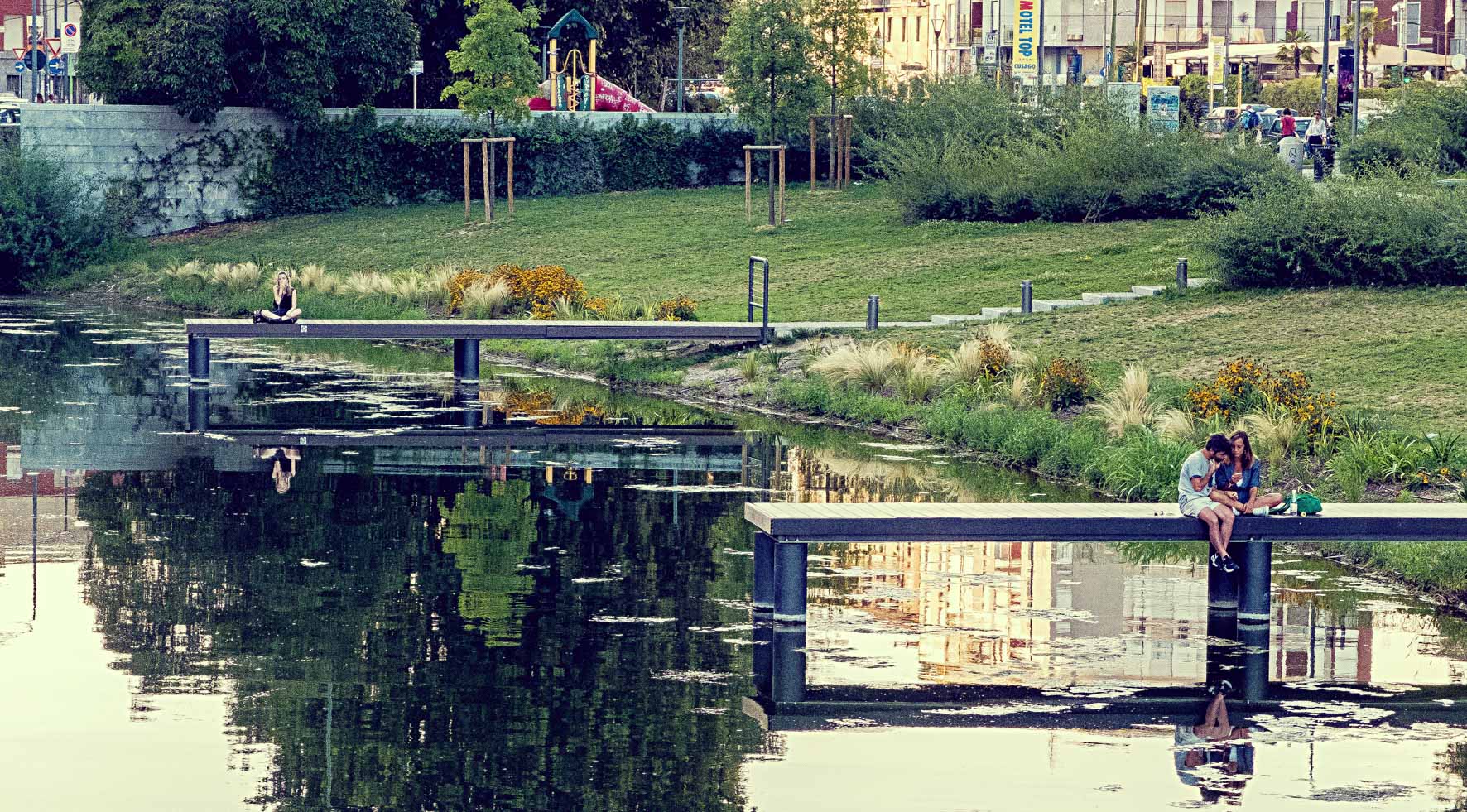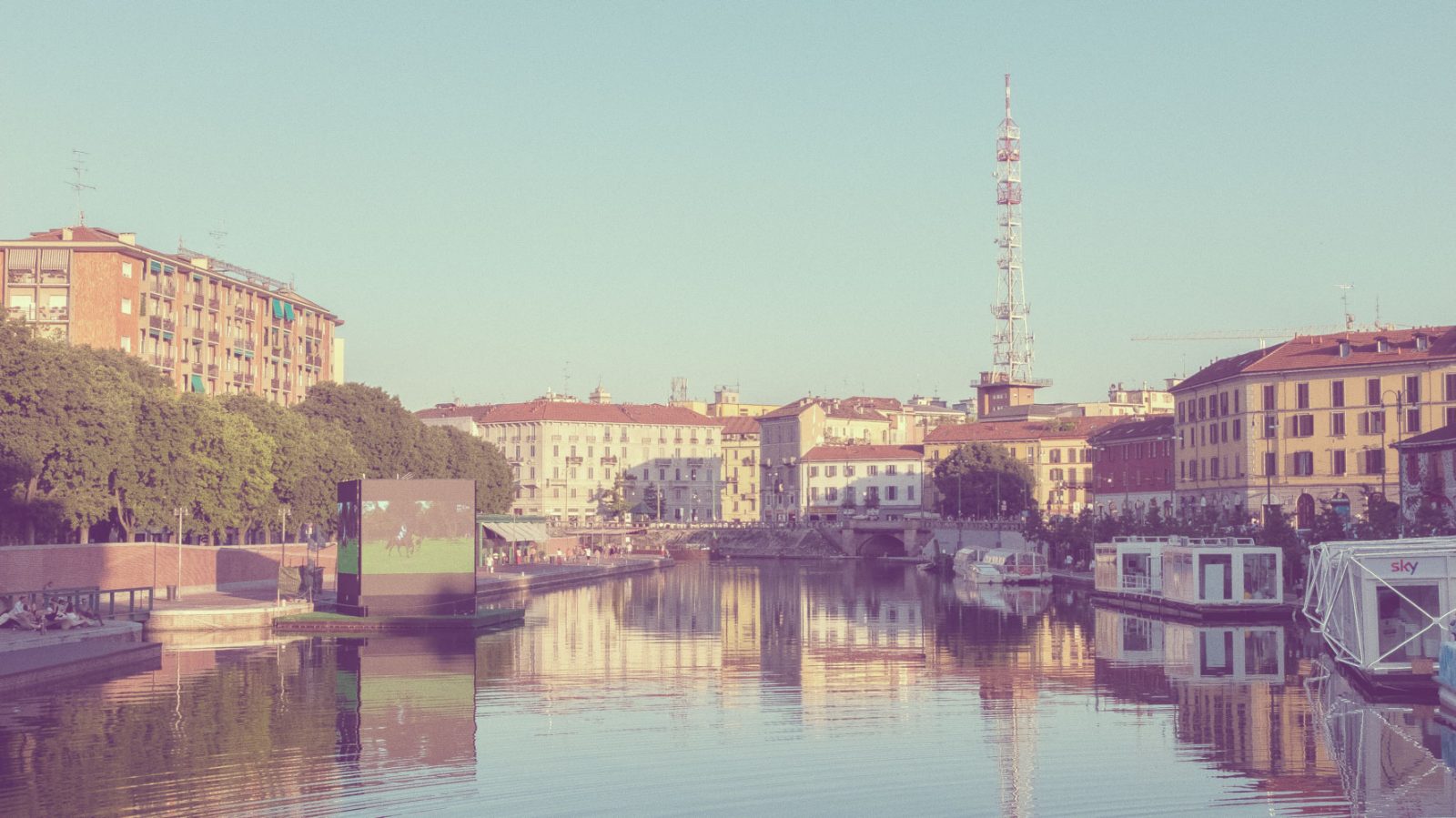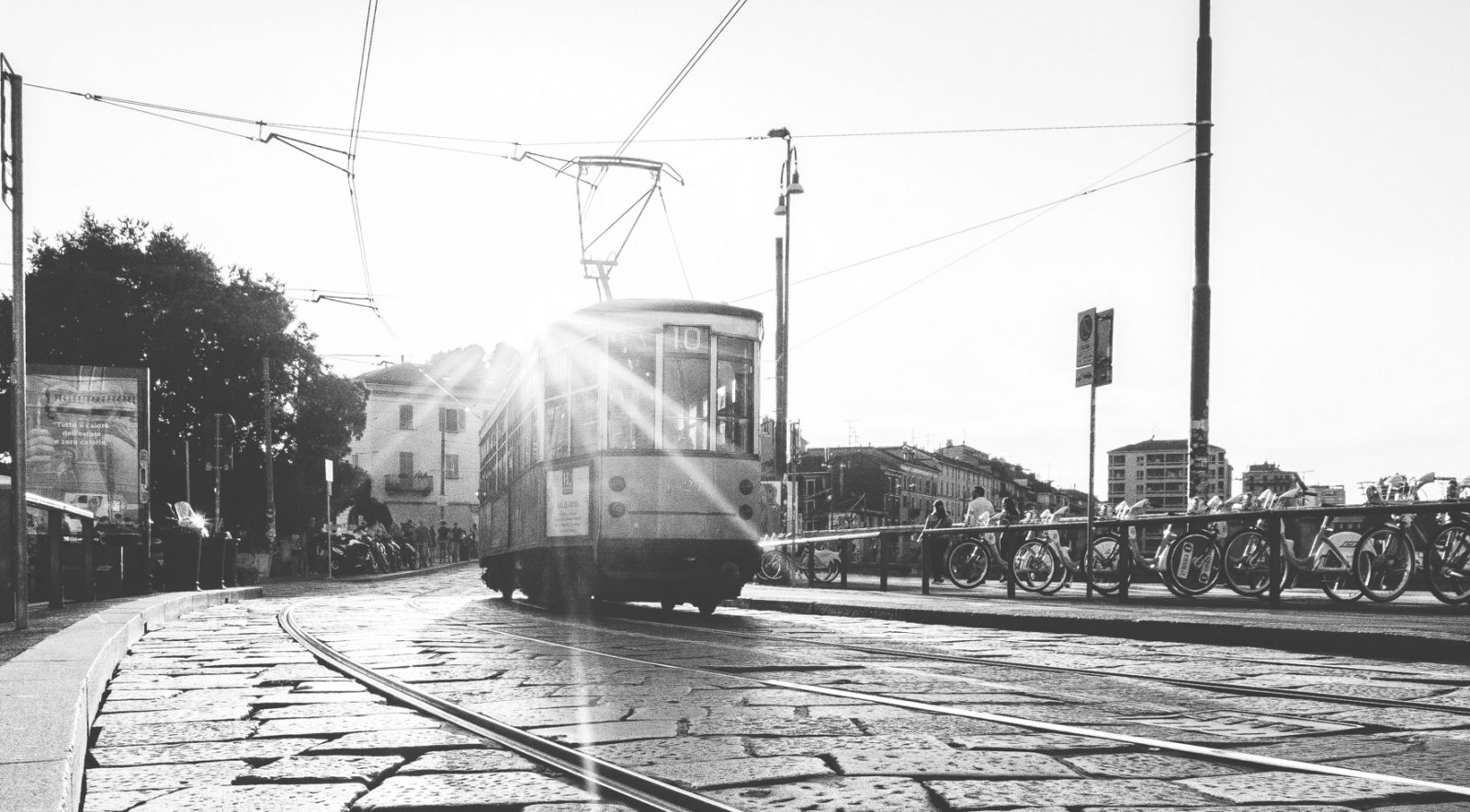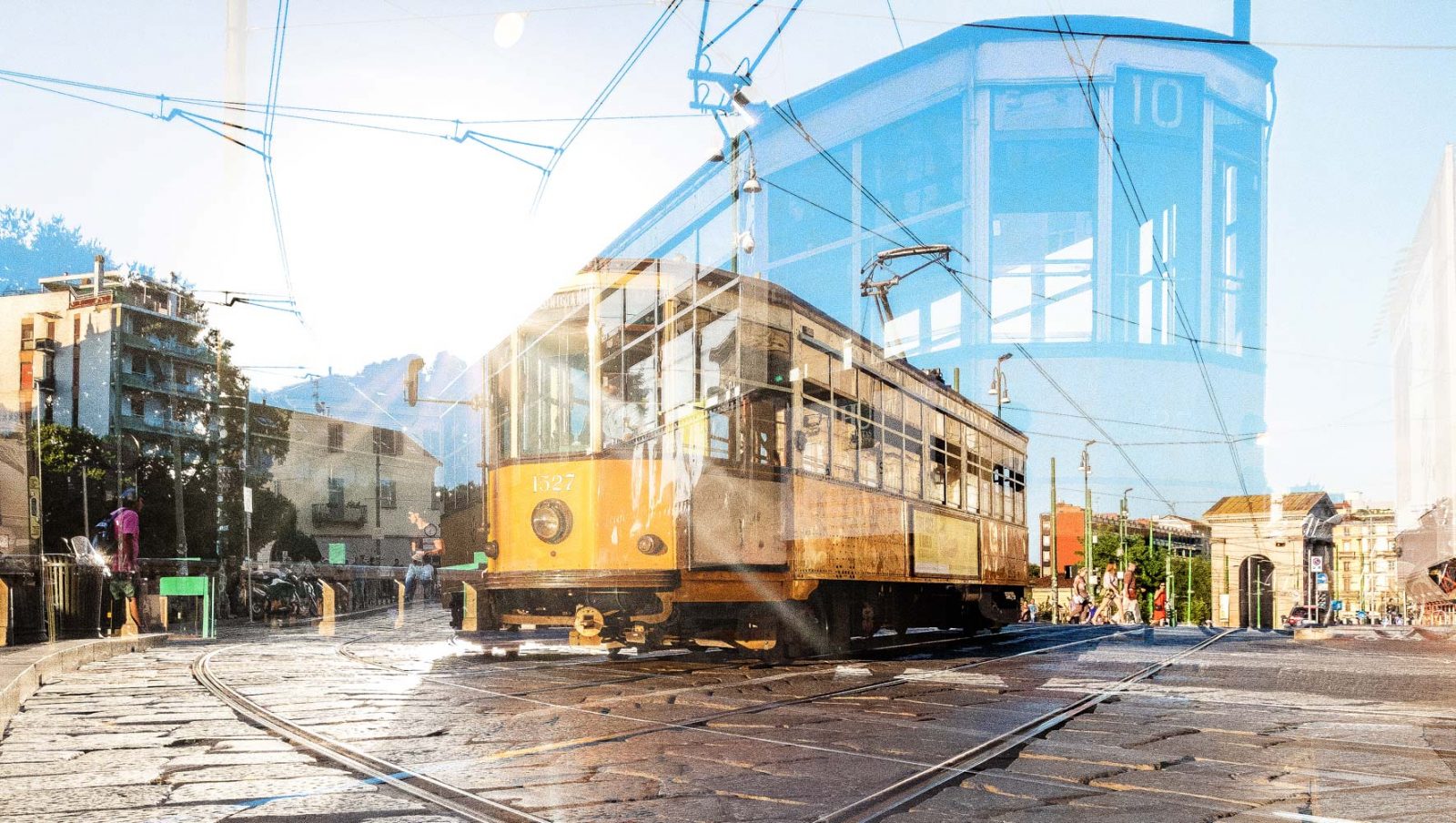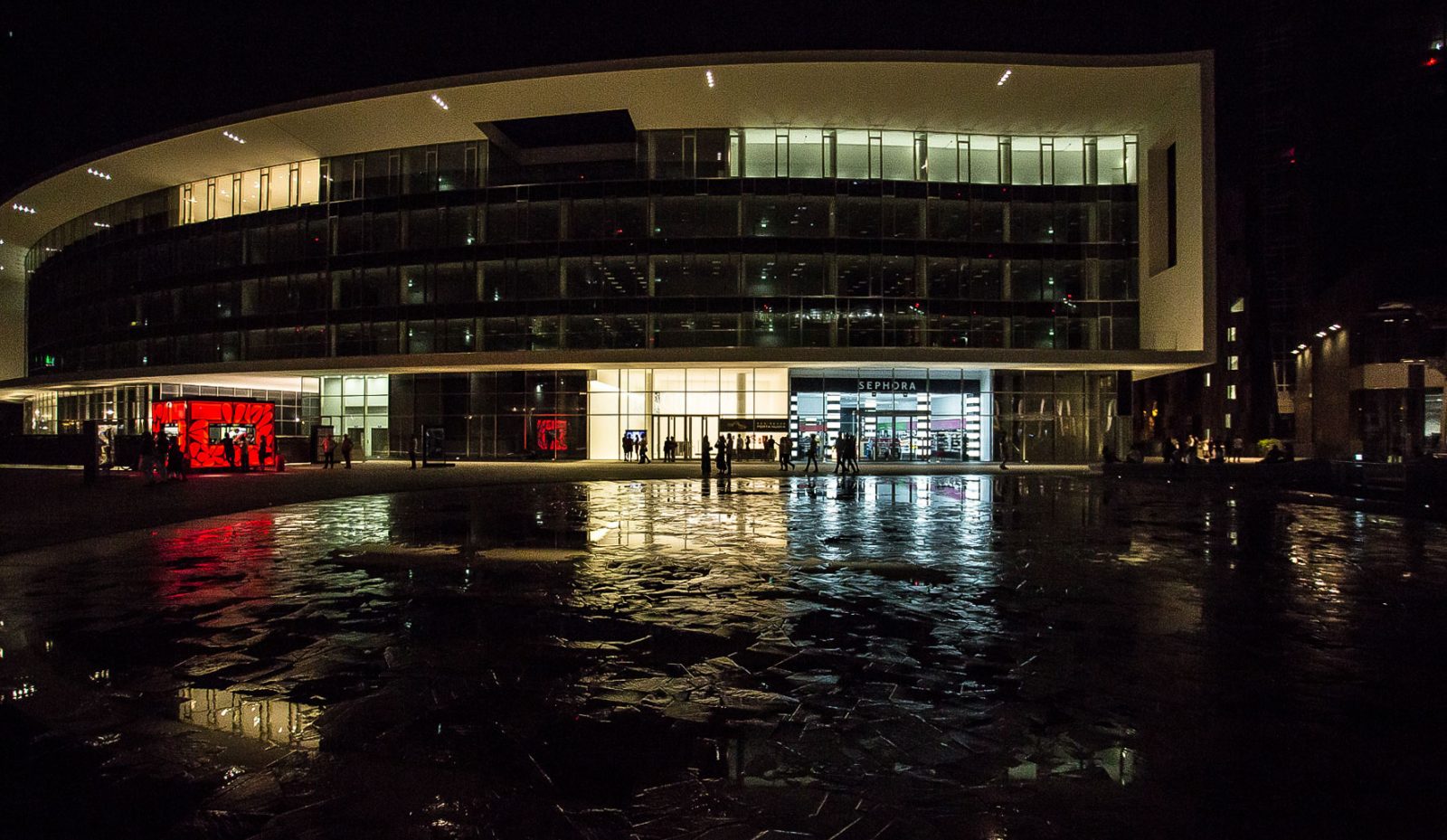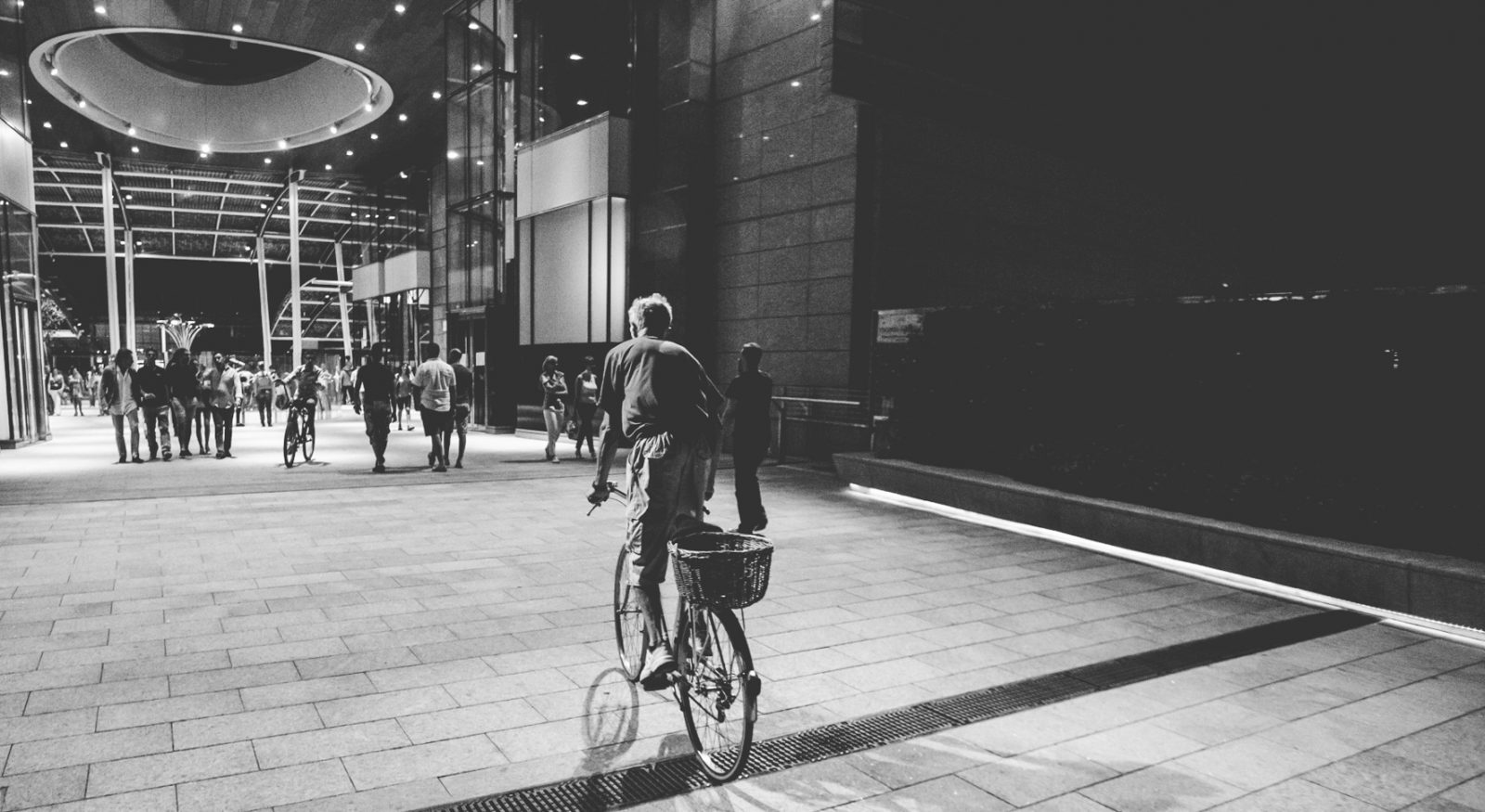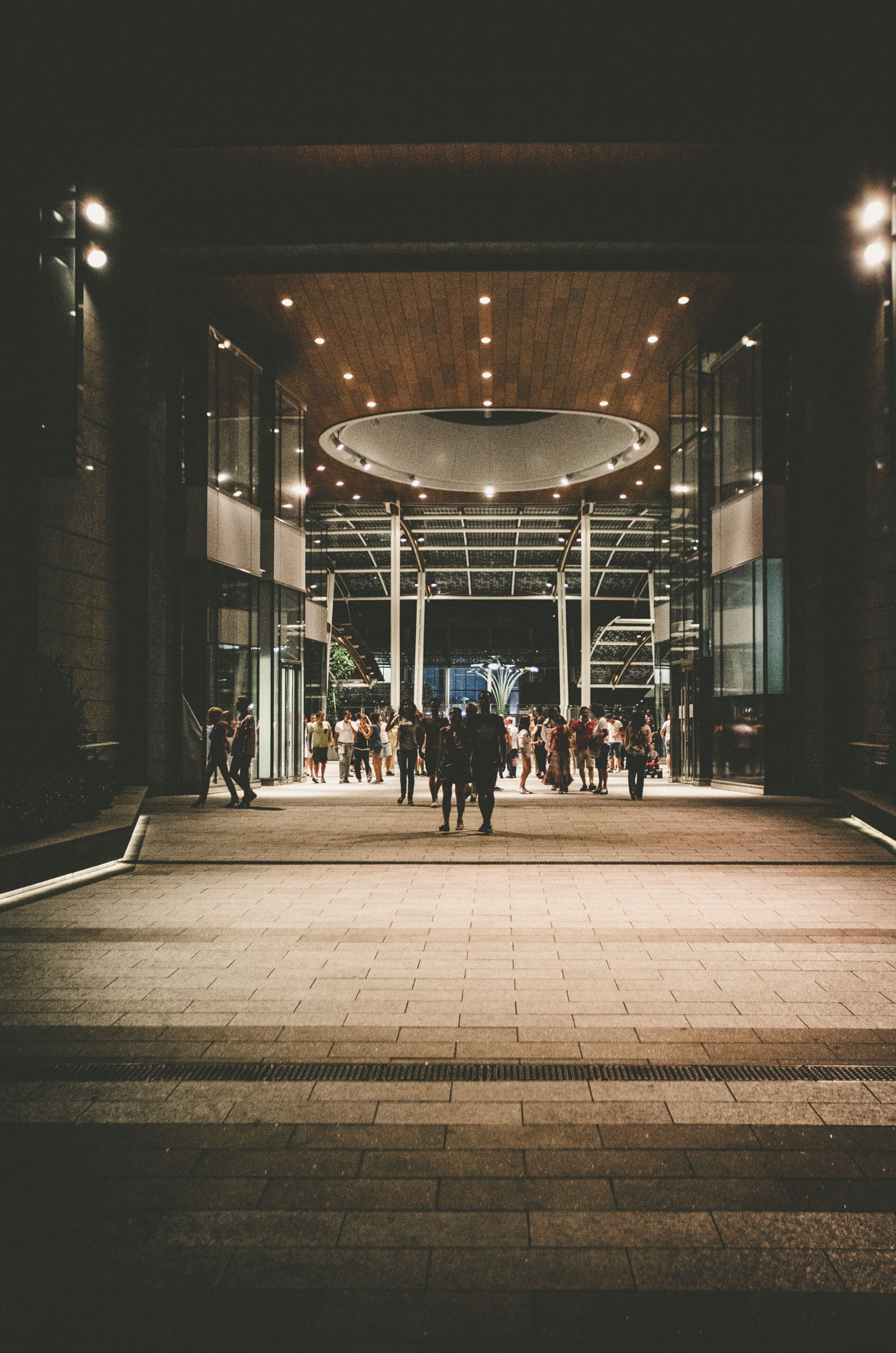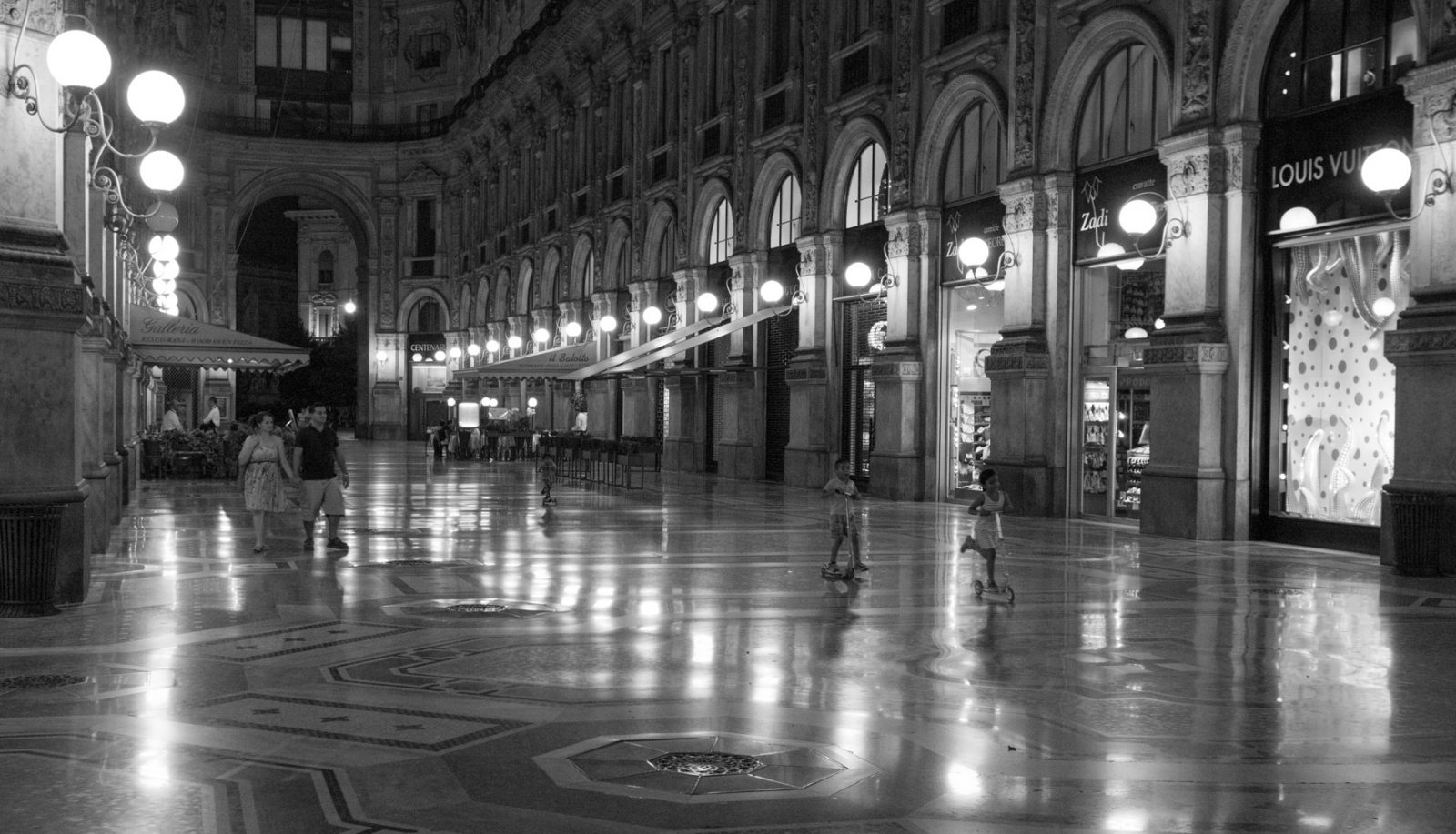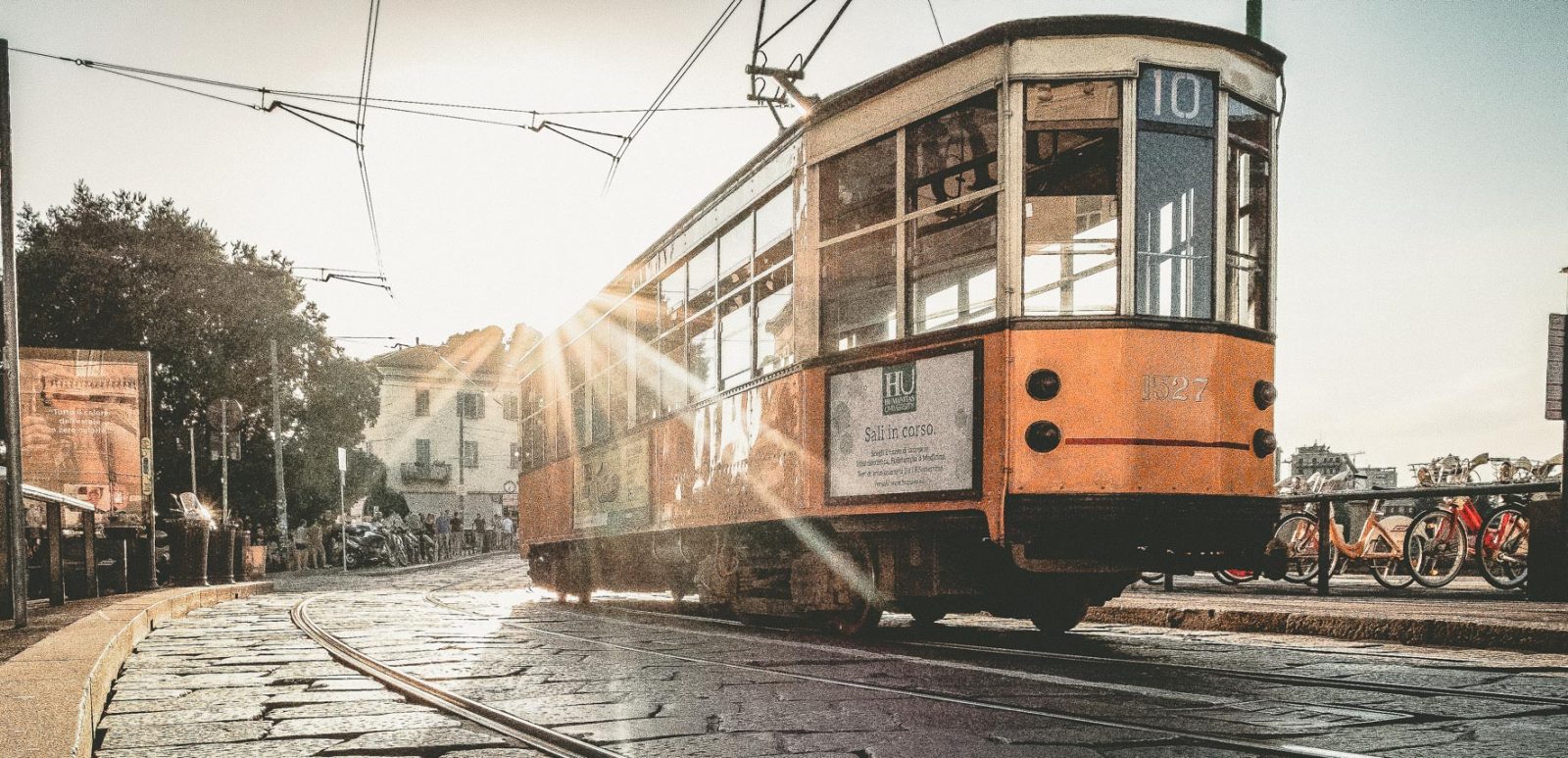Milano is an Italian city of 1 368 590 inhabitants, capital of the same metropolitan city and Lombardy region, and center of one of the most populous metropolitan areas of Europe.
Founded by the Insubrians at the beginning of the 6th century BC, it was conquered by the Romans in 222 BC And named Mediolanum gradually increasing its importance until it became an imperial residence, during which time the famous edict of tolerance was promulgated. In the forefront of the struggle against the Emperor in the communal age, he became the first lordship to be raised to ducal dignity, remaining at the center of the political and cultural life of Renaissance Italy. At the beginning of the sixteenth century it lost independence in favor of Spain, to pass nearly two centuries later under the Austrian crown: thanks to the illuminated Habsburg policies Milan became one of the centers of Italian Enlightenment. The capital of the Napoleonic Kingdom of Italy, after its restoration, was one of the most active centers of risorgimento until its entry into the Kingdom of Italy.
The main economic and financial center of the peninsula, Milan guided its industrial development, forming with Turin and Genoa the “Industrial Triangle”, especially during the years of the economic boom when industrial and urban development involved the neighboring cities, creating the vast Milan metropolitan area. In the cultural sphere, the Meneghina city is the main Italian publishing center and is at the top of the world music circuit thanks to the opera season of Teatro alla Scala and its long tradition of opera. Milan is also one of the major European trade fairs and industrial design centers and is considered one of the four world fashion capitals.


